Spring Cleanup: Early Pruning While Saving Beneficial Insect Habitats
Hello, Spring! And welcome back, Rusty! We’re in the studio this week with Jennifer Nelson and Rusty Maulding to discuss how we can slowly start welcoming spring into our garden beds.
First, Rusty gives us a few tips for rose pruning. He says with any of your perennials that bloom in the summer, now is the perfect time to shape them up. Your spring flowers and shrubs depend on last year’s growth for blooms, so you might have to sacrifice one year of blooms to control the size. With roses, be sure to remove any dead, weak, or crossing branches. It is especially important to open up the interior of the bush to get good airflow in the summer. You can cut it back to as low as 8-12 inches, looking for buds that face the exterior of the plant. Make your cut right above that bud, and Rusty promises that it will grow back just as full as before by the time summer is over. So, be vicious to get a healthy rose bush!
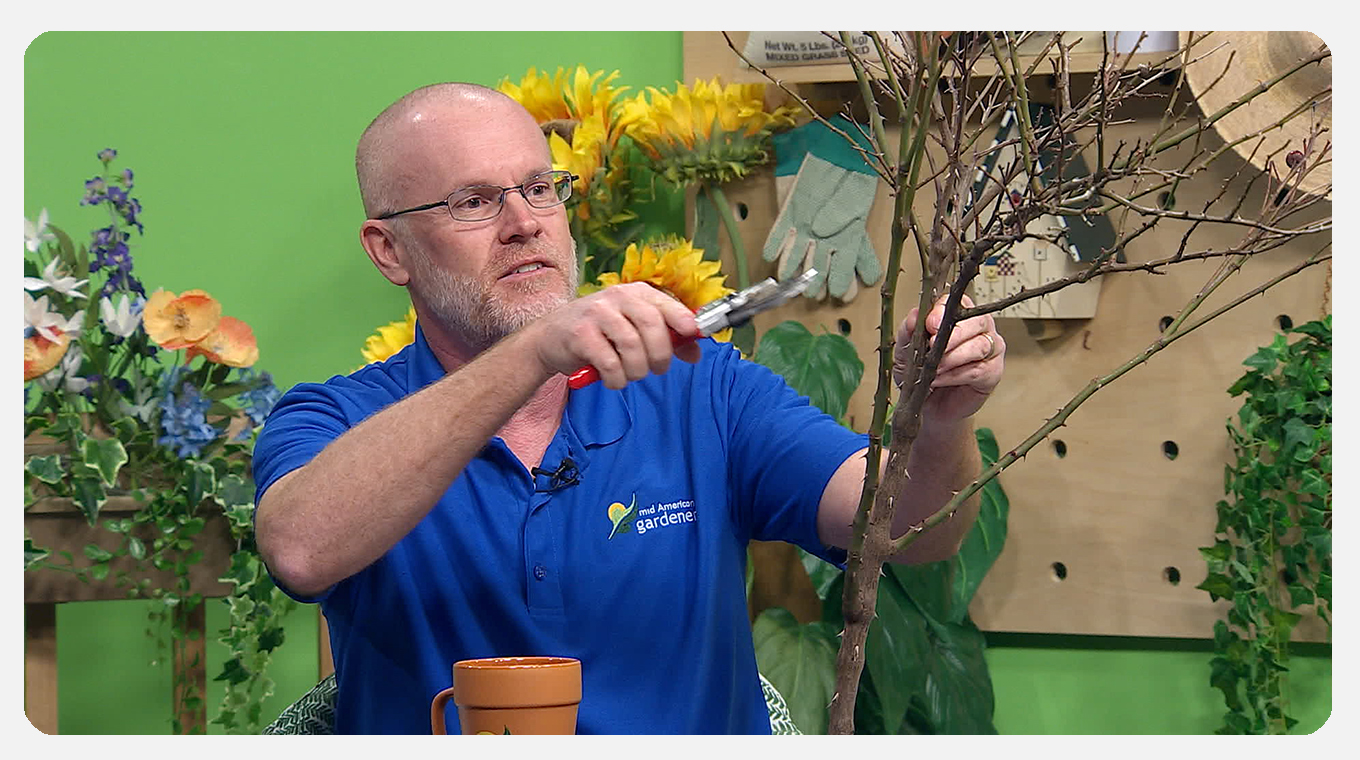
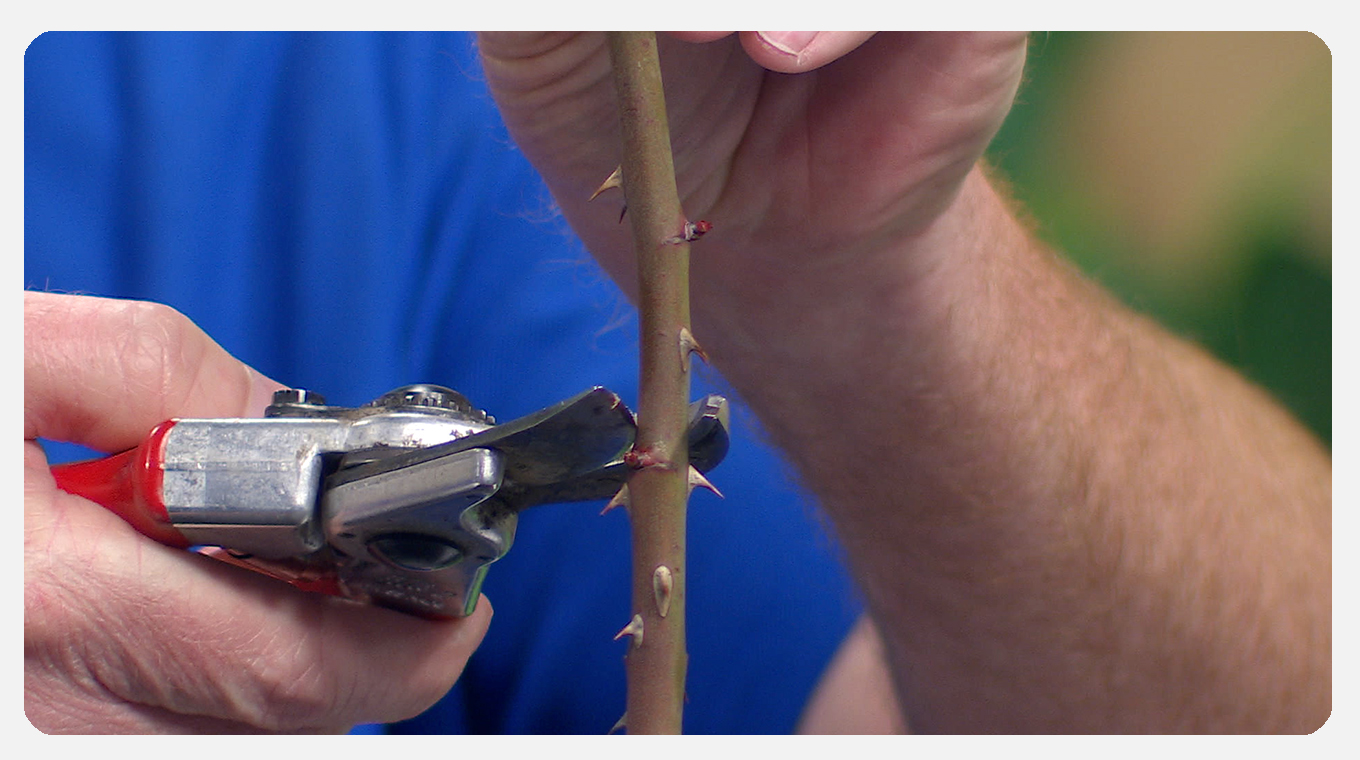
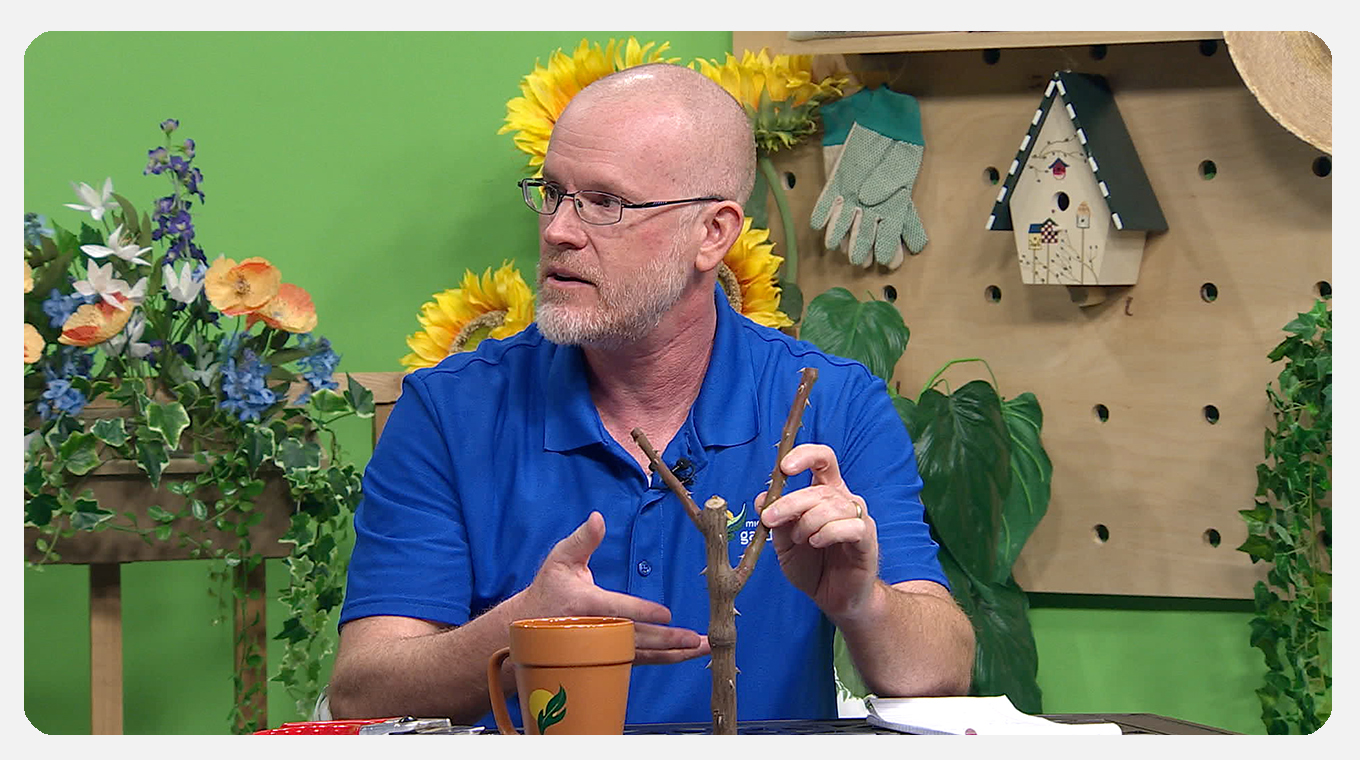
One viewer asked about growing potatoes. A few panelists have discussed this as we’ve been prepping for spring, so take a look at their tutorials as well, but Jen suggests using seed potatoes (the smaller the better) with 2-3 eyes. If you’re using a grow bag or pot, start with a layer on the bottom, and keep adding more and more layers of compost, shredded leaves, or hay—whatever you have on hand—as the plant continues to grow.
We also discuss hardy bushes and shrubs or general purpose plants as Rusty calls them. He reminds us to be careful with plants that are labeled “dwarf,” because it is very relative. Be sure to read the labels or use your smartphone when you’re shopping to look up the botanical/latin name of the plant in order to get a real sense of the mature height. Arboretums or university websites are your best resource. For a few tried and true perennials and even some new plants on the scene, Rusty recommends low scape mound/hedger aronia melanocarpa (black chokeberry), “sugar shack” buttonbush, and “blackhaw” viburnum.
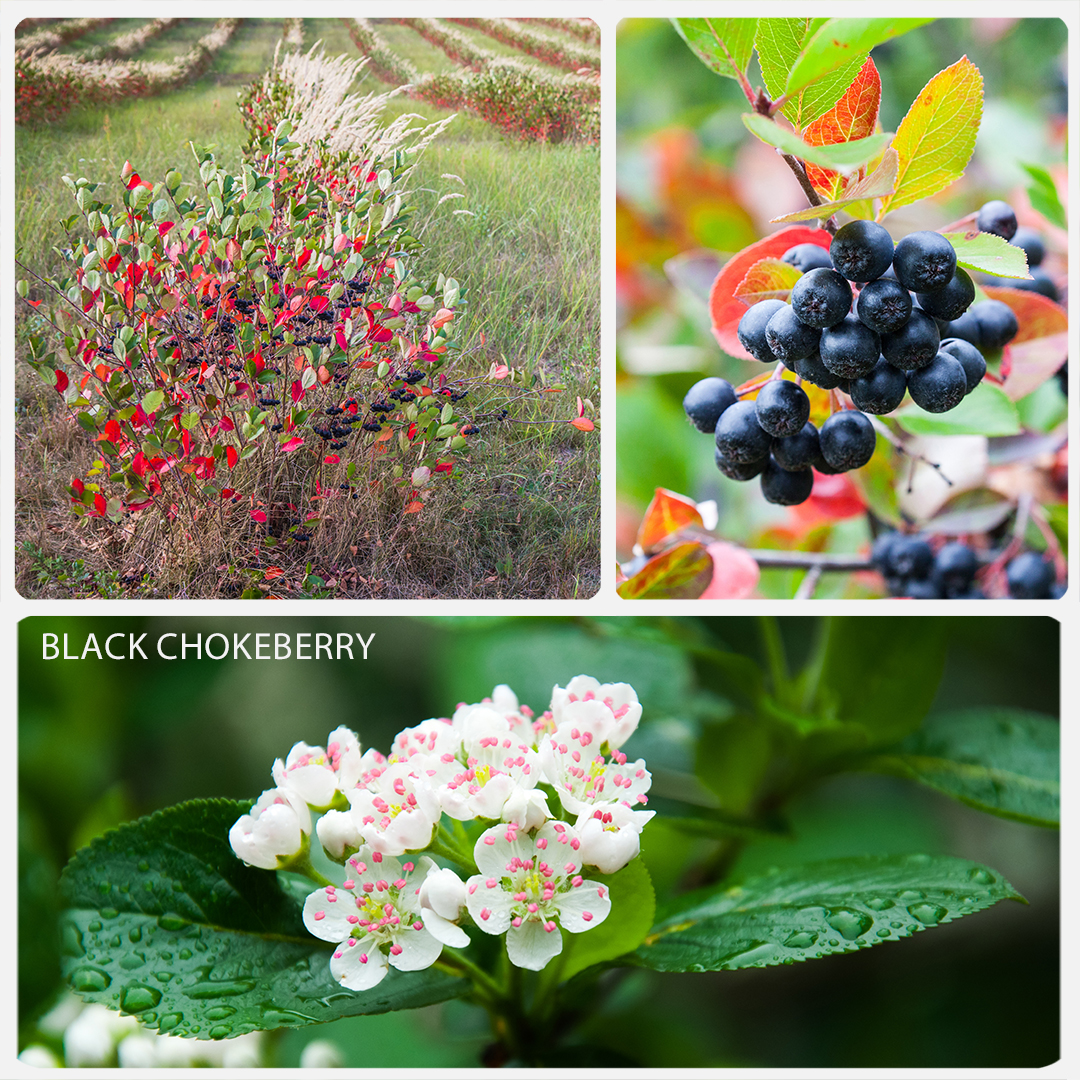
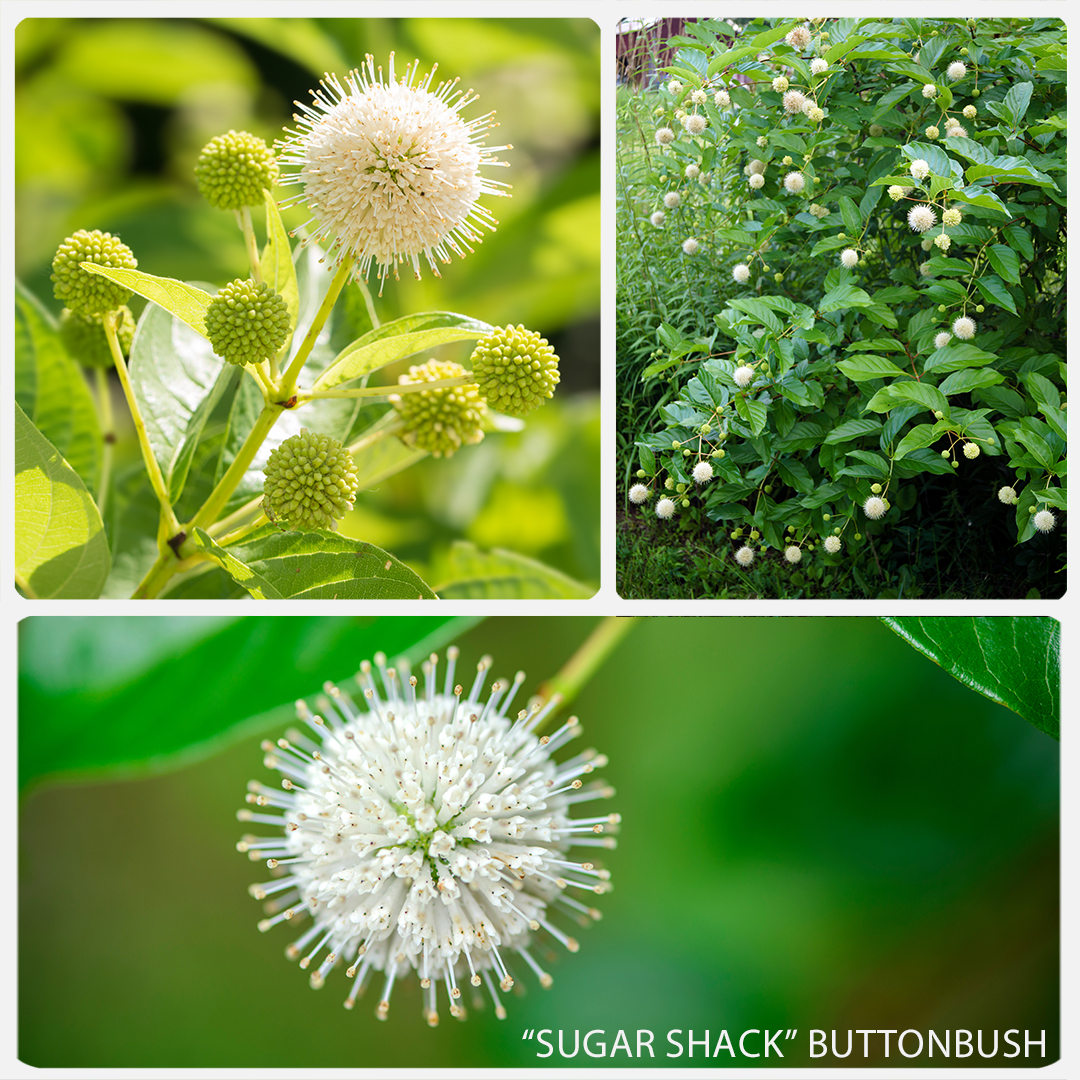
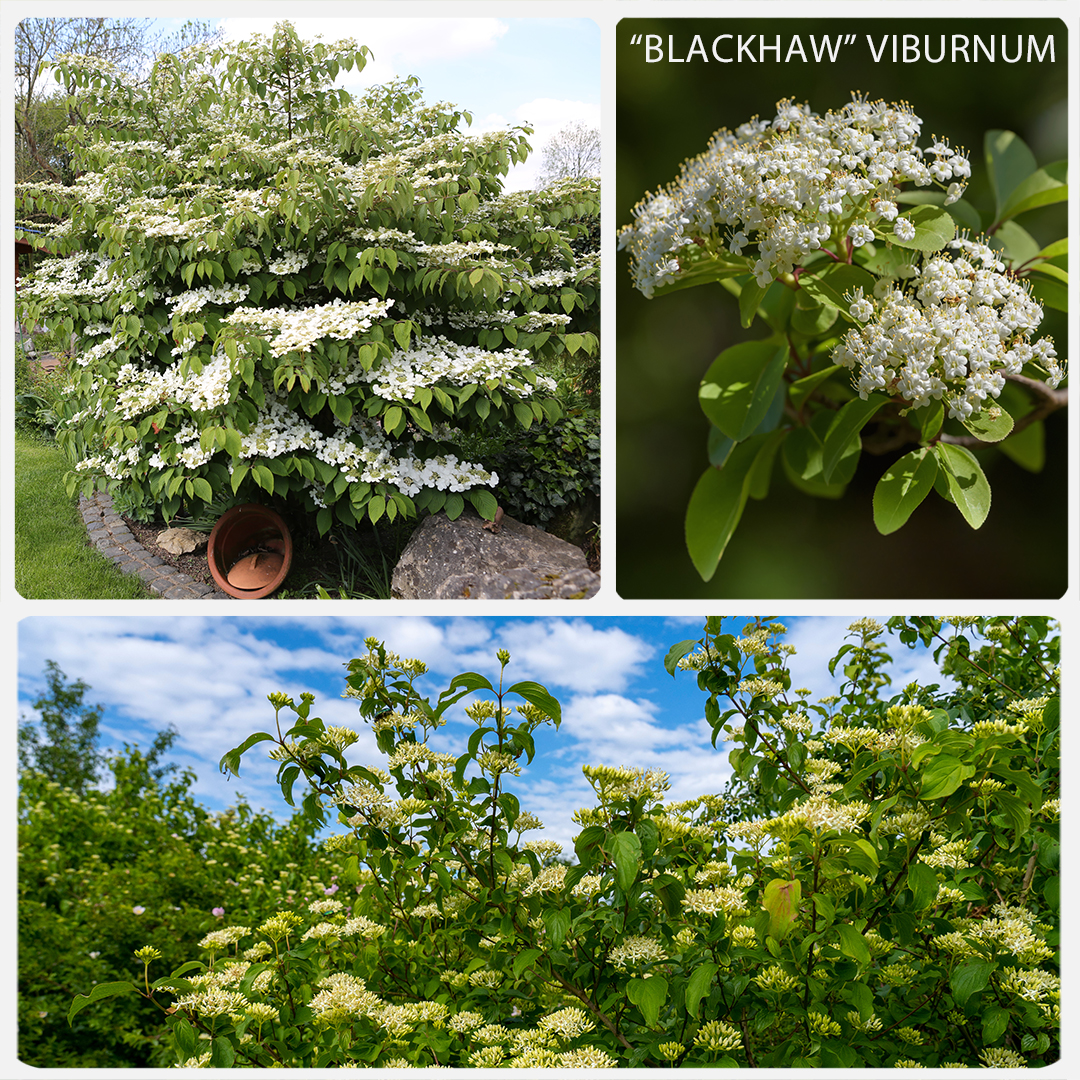
Jen also gives some additional tips for when to start seeds indoors, but we’ve also linked Chuck’s coveted planting schedule here as well for easy reference.
Sometimes it can be hard to know when to cut back perennials and how much of the plant we should leave behind. Rusty recommends cutting back foliage to 8-18 inches in the fall, especially the foliage that has a hollow stem. This is because insects will overwinter in these stems, and by leaving a bit of the stem behind, you keep the beneficial insects in their habitat and they will start to wake up again any day now in the spring!
It’s also time to start potting up your elephant ears, canna lilies, and dahlias inside if you’d like to give them a head start and get your hands in some dirt!

As always, if there’s a question you’d like to ask one of our panelists, please send us an email at yourgarden@gmail.com com, or you can find us on Facebook and Instagram.


